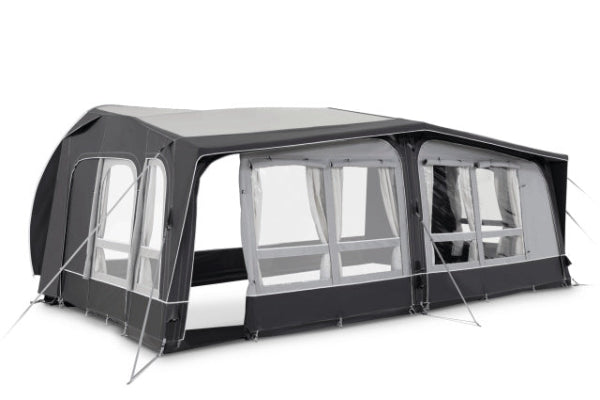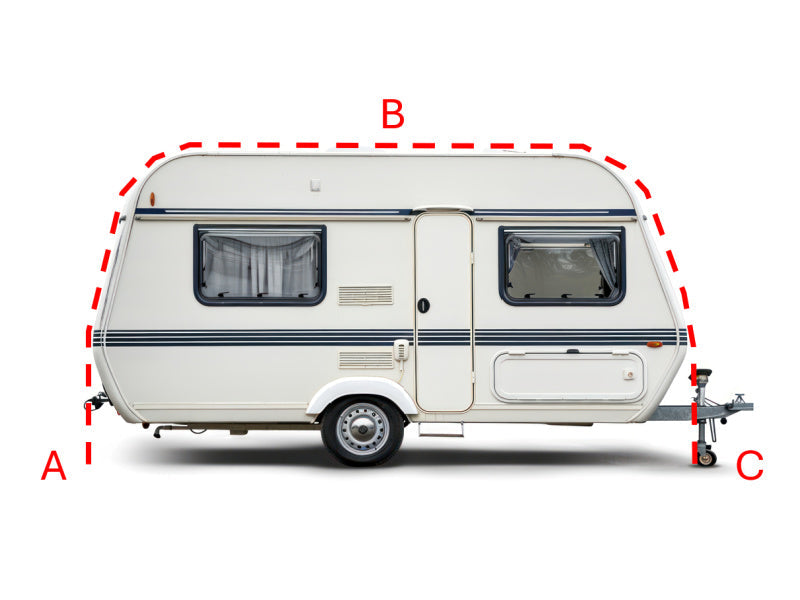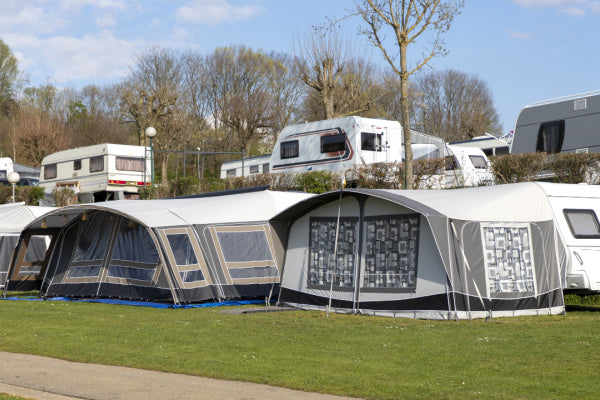What Size Portable Power Station Do I Need for Camping?
Tired of your phone dying before your marshmallows roast? The short answer: 300–700Wh Portable Power Stations suit most campers. But wait—are you a weekend warrior or an off-grid glamper? Keep reading to find your perfect power match (and avoid becoming the “no signal” ghost of the campsite).
Determining Your Camping Power Needs & Choosing the Right Size
Step 1: Calculating Your Total Power Consumption
Identifying Devices You'll Use Camping (Phones, Lights, Fridges, CPAP, etc.)
Planning a camping trip? Keeping your essentials charged is crucial. A portable power station helps you stay connected and powered up.
Start by thinking about the gear you'll bring. Phones, LED lights, mini-fridges, or even medical devices like CPAP machines can all add up.

Finding Device Wattage (Watts) and Estimating Usage (Hours)
Each device will list its power draw in watts (W). Multiply that by how many hours per day you’ll use it.
This gives you a rough idea of how much energy it needs in watt-hours (Wh). It’s a simple but important step in getting the right station.
Calculating Total Watt-Hours (Wh) Needed Per Day
Add the totals together. For instance:
-
Smartphone: 5W × 5h = 25Wh
-
Camping light: 10W × 8h = 80Wh
-
Portable heater: 500W × 2h = 1000Wh
Once tallied, this gives you your minimum energy requirement per day.
Factoring in Power Loss and Surge Wattage for Certain Appliances
Batteries aren’t perfectly efficient. You’ll typically lose 10–15% of stored power due to inverter loss.
Also note: some devices like kettles and fridges require surge wattage during start-up. Factor in these short bursts of extra power to avoid overload.
Step 2: Matching Power Station Capacity (Wh) to Your Calculated Needs
Small Power Stations (e.g., <500Wh): For Light Use, Solo Trips, Charging Basic Electronics
Smaller stations are perfect for solo adventures or short weekends. They’ll charge phones, headlamps, and maybe run a small fan.
Look for models between 100–300Wh. They’re light, easy to carry, and cover the basics.
Medium Power Stations (e.g., 500Wh - 1500Wh): For Most Campers, Running Mini-Fridges, CPAP (short periods), Multiple Devices
These are the sweet spot for most campers. They support group needs—charging multiple phones, powering lights, and running mini-fridges.
You’ll also get a few hours of CPAP use. Aim for a station in the 500–1500Wh range for all-round utility.
Large Power Stations (e.g., >1500Wh): For Families, Extended Trips, Powering Multiple Appliances, Longer CPAP Use
For longer off-grid stays or energy-heavy setups, go big. These power stations run kettles, laptops, larger fridges, and longer CPAP usage.
More capacity equals more comfort. Anything 1500Wh or above is ideal for large groups or multi-day trips.
Step 3: Key Features Beyond Capacity to Finalise Your Choice
Output Wattage: Continuous vs. Peak/Surge Power Explained
Power stations list two output figures: continuous wattage (what it can run steadily) and surge wattage (brief spikes during start-up).
Make sure the continuous output meets your average needs, and the surge rating can handle startup loads like kettles or fridges.
Recharging Options: AC, Car, and Solar (Solar Generator Sizing Basics)
Most stations can be charged via wall sockets, car outlets, or solar panels. Solar is ideal for off-grid recharging.
Check recharge times, especially if you're relying on sunlight. Slower charging means you'll need more panels or more patience.

Battery Type & Lifespan: Li-ion vs. LiFePO4 and Charge Cycles
Li-ion batteries are lighter and cheaper but have a shorter lifespan. LiFePO4 batteries are heavier but offer more charge cycles and better temperature performance.
If you plan frequent use or long-term ownership, LiFePO4 is often the better investment.
Portability: Weight, Size, and Design for Camping
Don’t forget the practical side—weight and size matter when you're carrying your gear. Some models come with handles, others even with wheels.
Balance power capacity with how much bulk you're willing to carry.
Essential Ports: AC (Pure Sine Wave for CPAP & Sensitive Electronics), USB, DC
The type of port matters. Pure sine wave AC outlets are safer for sensitive electronics like CPAP machines or laptops.
Check for a mix of AC, USB-A, USB-C, and DC outputs to cover all your devices.
Special Considerations: Powering CPAP Machines, Camping Fridges, Laptops
Devices like CPAP machines or mini-fridges have specific needs. Look at real-world reviews from people using similar gear.
Laptops and drones can also be picky—make sure your power station is up to the task.
Making the Most of Your Portable Power Station
Smart Shopping & Getting Started
Comparing Top Brands and Reading User Reviews
Brand reputation matters. Go for companies with UK support and solid reviews.
User feedback often highlights issues like noisy fans, inaccurate battery readings, or misleading specs.
Considering Future Needs and Potential for Expandable Power
Planning longer trips later? Choose a model with solar input or expandable battery support.
Some brands allow you to daisy-chain extra batteries for added flexibility.
Initial Setup and Understanding Safety Features
Before using, read the manual. Understand charging limits, power cutoffs, and safety features like overheat or short-circuit protection.
This keeps your gear (and you) safe in the wild.
Efficient Power Management & Maintenance While Camping
Tips for Conserving Power (Energy-Efficient Devices, Turning Off Unused Items)
Use LED lights instead of halogens. Turn off fans, lights, or gear when not needed.
Being mindful extends your battery life and reduces charging needs.

Optimising Solar Recharging in the Field
Solar panels work best in full sun, angled correctly. Even small shadows can cut performance drastically.
Set up early and adjust the angle as the sun moves.
Basic Care, Storage, and Maintenance for Longevity
Keep your power station in a cool, dry spot when not in use. Avoid full discharges where possible.
Recharge every 3–6 months if in storage. Treat it well, and it’ll last for years.
Other content you might like:
- Are Portable Power Stations Worth the Money?
- Portable Power Stations: Pros and Cons
- Are Portable Power Stations Safe?
- How to Compare Portable Power Stations?
- What Is the Most Reliable Portable Power Station?
- How Do I Choose a Portable Power Station?
- Is It Worth Buying a Portable Power Station?
- What Is the Best Battery for Off-Grid Solar Panels?
- Are Portable Power Stations Worth It for Camping?
- What Is the Best Power Station for a Campervan?





Leave a comment